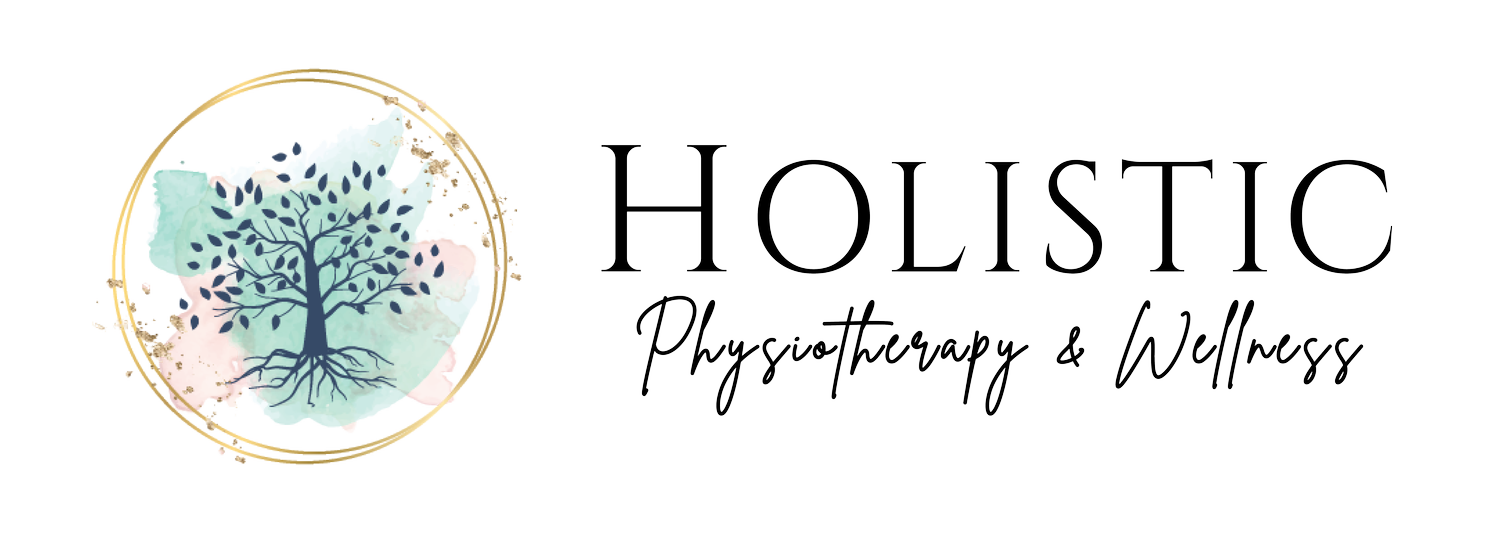Paediatric Development & Pelvic Floor Physiotherapy
Written by Danielle Bararuk | May 17, 2019
As a Pelvic Health Physiotherapist, I understand the importance of the inner core muscles and their role in postural control and continence, in both adults and children. When children have motor or sensory challenges such as cerebral palsy or autism, they may or may not be meeting developmental milestones. Their recruitment of their inner core muscles that promotes optimal postural control may be affected as well as their ability to maintain continence. When we look at our little ones that are developing and growing it is important to assess their postural control strategy and provide intervention strategies that promote proper recruitment patterns.
The inner core team is made up of our diaphragm, transversus abdominus, multifidus and pelvic floor muscles. The inner core muscles work together to create a stable center before we move. This stability is a very important piece of coordinated movement. With a stable inner core, the outer core muscles have optimal function, and anticipatory postural stability is achieved. If we use our inner core for stability this allows us to anticipate movement, freeing up our upper extremities from reacting to movement. This allows us to catch a ball or lift an object during movement, giving us function within movement! If there is a delay in the development of the inner core muscles, improper recruitment patterns due to postural alignment, or abnormal breathing patterns, this can lead to difficulties with all aspects of movement.
During typical development a newborn is initially in physiological flexion, allowing them to belly breathe and the diaphragm to descend. During atypical development there is a change in alignment and a child has more passive extension at birth. This can lead to the rib cage not changing shape or allowing for the descent of the diaphragm. Further leading to improper breathing patterns and under recruitment of the inner core muscles for stability. This affects how postural stability is achieved. These children may go onto having trouble with elimination or with feeding because they may be using breath holding for postural control, rather than using their inner core for stability. These children typically develop a reactive postural control strategy, rather than anticipatory, as the muscles of the inner core are not recruited for stability. These children react to forces applied at them rather than anticipate and prepare for them.
Postural alignment influences what muscles can be recruited during movement and breathing. Optimal alignment is when the diaphragm is positioned over the pelvic girdle. This allows the diaphragm and pelvic floor muscles the ability to “talk to each other”. Within the inner core there is something called intra-abdominal pressure. When the rib cage is in optimal alignment the diaphragm descends over the pelvic floor muscles, allowing them to “give a little’ and elastically load. With exhalation the pelvic floor muscles will recoil, and this interchange of intraabdominal pressure is what gives us anticipatory postural control and stability. This is where a physiotherapist can provide intervention strategies through creative play. These activities will focus on facilitating optimal alignment, proper breathing mechanics, and promote the development of the inner core muscles needed for anticipatory postural control.
We also know that incontinence is affected by our inner core muscles and pressure system. If we do not have proper recruitment patterns of the inner core and the pelvic floor muscles, this can lead to incontinence issues. When a child uses a breath holding pattern as their postural control strategy for movement, this can overload the pelvic floor muscles and prevent the diaphragm from lowering properly. When there is too much pressure within the system leakage or incontinence can happen.
Pelvic health and Paediatric development are two of Danielle’s passions in physiotherapy. If you have any questions or concerns regarding your child’s development, Danielle would love to see your child and help them reach their maximum potential.
Danielle Bararuk
Physiotherapist
Pelvic Health Physiotherapist
Paediatric Physiotherapist


